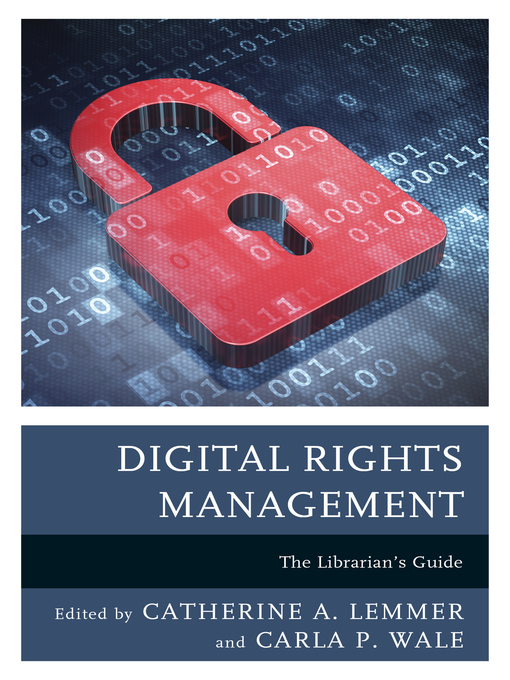Reflecting the shift from ownership to access, libraries are increasingly providing access to rights-protected digital content. Libraries strive to provide access to rights-protected content in a manner that protects both the content creator and the privacy of the user. DRM encompasses a variety of technologies and strategies utilized by content owners and managers to limit access to and the use of rights-protected content. Librarians need to understand DRM to effectively enable users to access and use rights-protected digital content while at the same time protecting the privacy of the user.
Designed to address the practical operational and planning issues related to DRM, this guide explores the critical issues and challenges faced by librarians. After reading it, librarians will better understand:
Edited by two librarians who also hold law degrees, this is a best practices guide for front-line librarians on how to best respond to the impact of DRM schemes on collection development, staffing, budget, service, and other library concerns.


